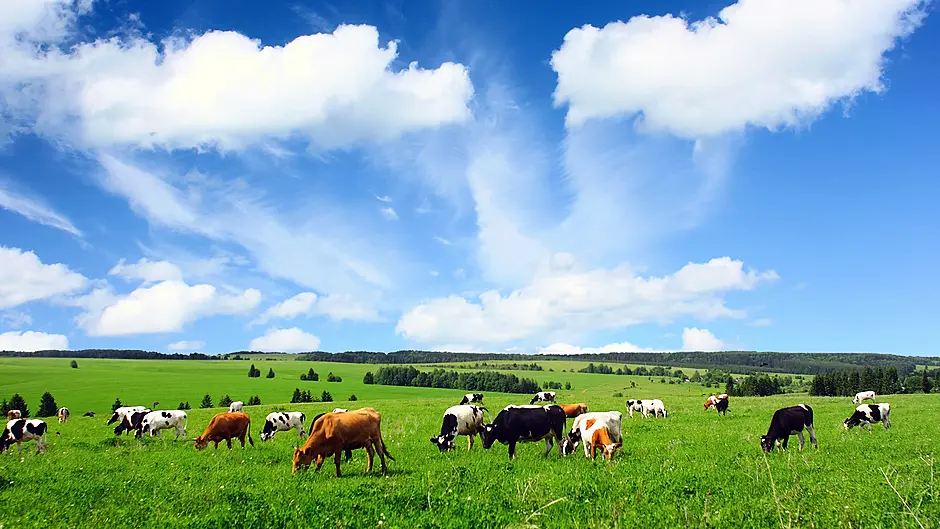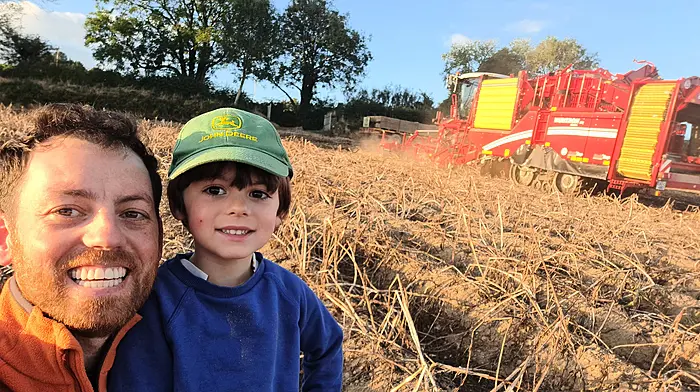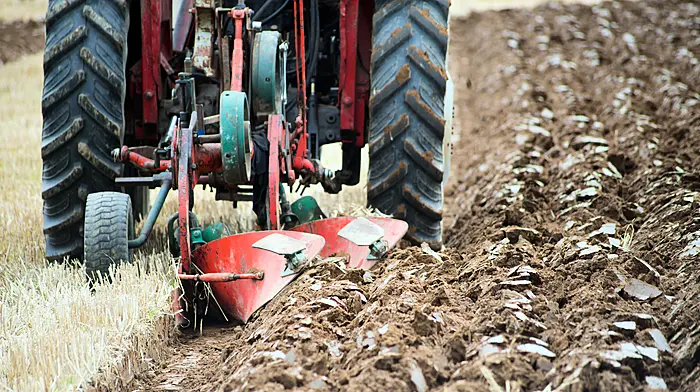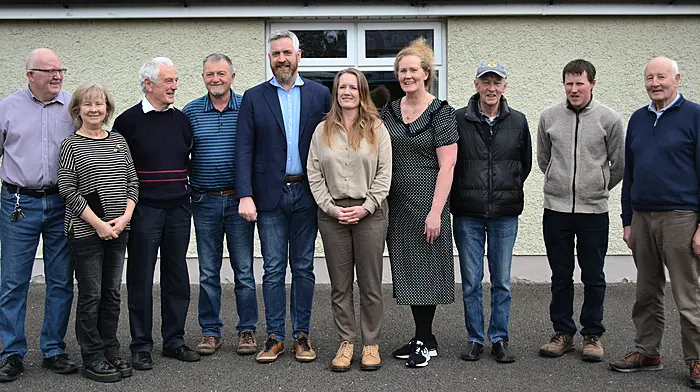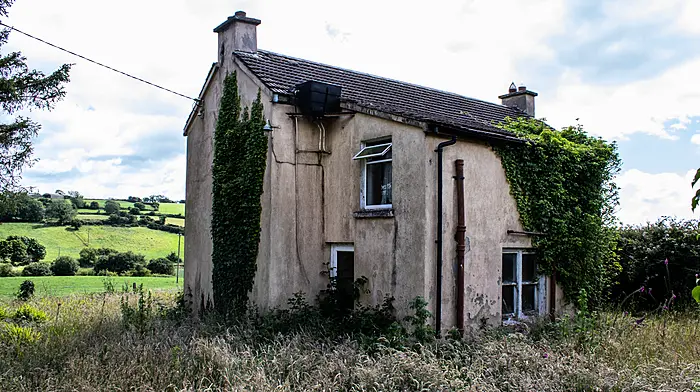
AS we stand back at this time of the year, we observe so much work being done on the land.
Observe the patchwork effect of the countryside as the crops become ready to harvest, tilling of pasture to enhance its productivity, some of the recent extreme heat spell taking its toll, to mention but a few.
It is also the season to try to get some break ideally with family, to recharge, get away for some time, where one can switch off with relief help taking over the daily chores back home. Farming has become so intensive over the recent decades, that it is imperative that such time is allocated and planned in time.
2022 has certainly brought its own headaches and challenges for all aspects of business. We are still dealing with pandemic issues, with side supply side issues continuing arising from Brexit, Covid, and the Ukrainian war, among others.
Higher prices across the board are certainly having a huge impact on all sectors with energy price rises contributing enormously to real inflation issues. We have seen central banks acting across the globe. At the time of writing this column, the UK rates are at 1.25%, US rates are at 1.75% while both are anticipated to increase again shortly.
We have now seen the European Central Bank act also, with a 0.5% increase in July, the first of such rates rises in 11 years, coming from zero interest rate for a prolonged period. It is imperative that we realise there will be more of this pattern to follow with an anticipated further hike expected in September, hence we need to plan for same. Rising interest rates are the traditional tool used by central banks to counter inflation getting out of hand, as it slows economic growth and the demand for money.
While higher borrowing costs won’t fix supply issues or indeed energy prices escalating, it will curb expectations and hopefully avoid inflation getting embedded, with the Eurozone reporting an 8.6% inflation rate for June.
So, what would a 0.5% rate-increase look like on a loan of €100,000 over a 15-year term? This would mean an extra €25 per month repayment for the duration of the loan outstanding. While this might seem tolerable, cumulatively this would increase the cost of credit for this loan by €4,500 over the life of the loan. Such additional costs need to be factored into future decision making.
There is, however, a silver lining with the rate increase for those privileged with significant deposit funds. Although negative interest rates being applied were muted and real in some cases, there will be less pressure going forward as the rate the ECB pays the banks for overnight monies will now rise from minus 0.5% to zero.
Above, we have looked at the additional cost to borrowing, on the flip side, the cost for some to hold funds on deposit at least in recent times, we accept that we are still in a very low interest rate environment. With some planning, it is important to stand back and map out some options. It is always prudent to hold surplus cash for the ‘emergency’ fund on deposit with a bit extra ideally. This will allow one to leverage, create opportunity to take advantage of forward purchasing.
Accessibility to liquid cash is key, but it may not always need to remain on deposit solely and can be part invested with liquidity. Availing of this hybrid scenario will allow one to reduce the risk of rising interest rate cost, while availing of potential real returns from some non-deposit type investment assets.
In summary, we are living in a rapidly changing world, we all need to plan and take direction to frame our future decision making. It is important to get advice to explore such options and ultimately together face the challenges.
• Seamus O’Mahony is a financial planner with FDC Financial Services.

